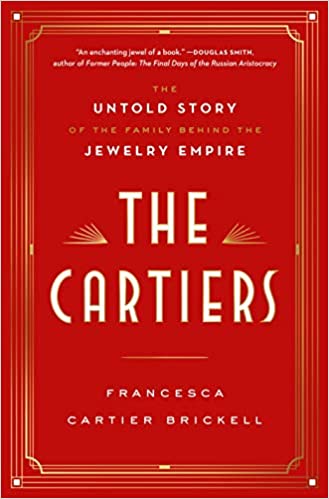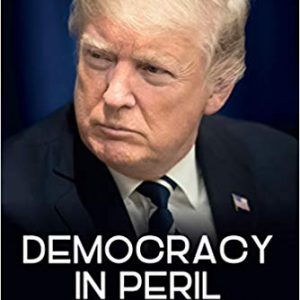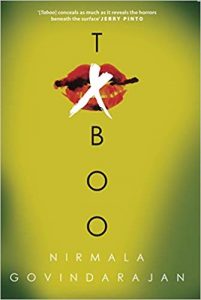The Cartier brand needs no introduction. Amidst the glitz and glamour that surround the name today, lies the story of a simple family business that spiralled to heights of success. Family businesses are a different ballgame altogether, where the principles of business jostle with the dynamics of family relationships. Francesca Cartier Brickell, a member of the Cartier family looks at the genesis of the brand and its dream-like journey through the lens of a memoir (http://www.the-cartiers.com/). Her great-grandfather was the youngest of the three brothers who made Cartier the name that it is today.

The Cartiers – the untold story of the family behind the jewellery empire by Francesca Cartier Brickell is an intense and gripping volume that will take the readers into the wondrous and eventful past of the Cartier family. Their story unfolds against the backdrop of the world events and happenings that take place at the same time.
In a highly detailed and intense interview with Francesca Cartier Brickell, Bookedforlife gets a glimpse into the world of memoir writing, as well as the wildly fascinating story of the Cartiers. Look out for some veritable anecdotal gems!
The Cartiers is a fascinating book, to say the least – the depth of research and the deeply personal story make it a sparkling gem! What inspired you to tell the family story?
Thank you. I grew up hearing anecdotes from my grandfather (Jean-Jacques Cartier, who was the last of the family to manage a branch of the firm). He ran the London branch until he retired in the 1970s and the business was sold at that point. I came along a few years later, and I always loved listening to his stories. He was a wonderfully generous man who always had time for his family. As I grew older I asked him more about the past, sometimes he would share stories over the lunch table, other times we would sit together on the sofa with a selection of jewelry catalogues piled up on the antique coffee table. As we flicked through them, he would stop at pages showing jewels he or his ancestors had made and tell me the background story, which made the jewelry come to life for me.
Back then, I vaguely entertained the idea of writing his recollections down to preserve them for future generations but it wasn’t really a bigger idea than that. Then on his 90th birthday about 10 years ago, I was looking for a bottle of champagne in the cellar of his house in the south of France when I stumbled across a cache of long-lost family letters. Inside a battered nondescript leather traveling case was correspondence that – as I would find out later – chronicled the story of my family over four generations and the firm they founded. For me that was the turning point. I couldn’t simply shut the case and leave those letters to gather dust for another 40 years. I felt inspired, and even duty-bound, to keep the story alive. It then took me ten years to research and write the book!
A decade is a long time for research, but the final product justifies it. You have not only delved deep into written archives but also spoken to people who worked closely with your ancestors and visited different countries in their footsteps. Tell us how this entire experience impacted you as a person?
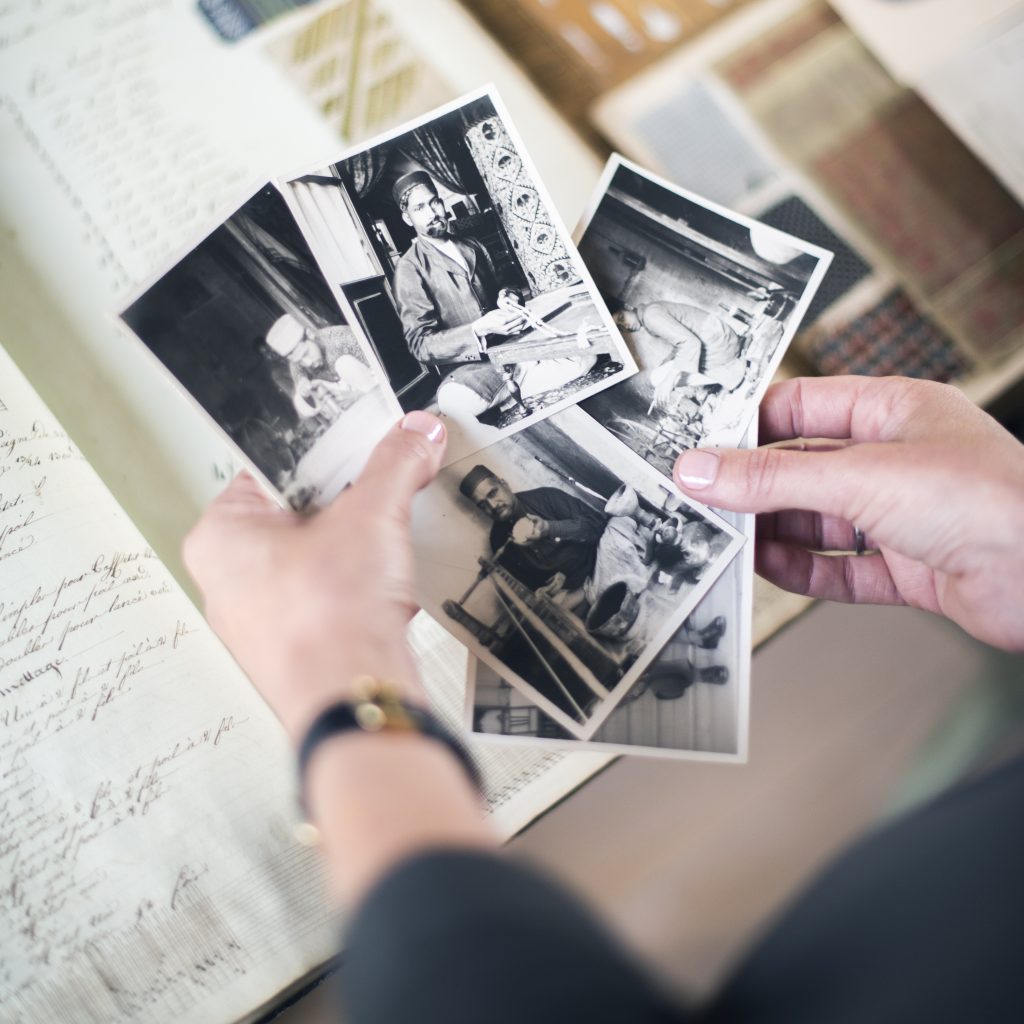
The author looking through photos….
(credit: JonathanJamesWilson)
Writing this book was not simply a job to me. Instead of going to work in the city each day, Monday to Friday, as I had done for years (before finding that trunk of letters, I had worked as an Investment Manager for a large bank), researching my family history was a labour of love, something I felt a duty to complete. It was also something that ended up being very rewarding and which – at the risk of sounding cliché – taught me a lot about myself. Through studying my ancestors, their relationships, their drivers and their character traits – both good and bad – I understood not only my grandfather much better but also myself, and even my children. And some characteristics that I berated myself for – like that perfectionist streak that sometimes stops me from doing things – are things I can now accept and even see as positive because, in a way, it is that same streak that led the Cartiers to create the most staggering jewels.
But, of course the book, while it is centered on the Cartiers, it is not just about them. It is also about the people they worked with, the clients they dressed, the jewels they made and the wonderful eras but also the cataclysmic times through which they lived. So as you say, as well as studying my family, I also travelled all over meeting the descendants of those who had worked with my ancestors to try and gain as complete a picture as possible. Oh and I also read a lot of history books! I think all that has helped me view the present with a sense of perspective because I see it as part of a much larger picture. In the strange times in which we find ourselves now, for instance, as Covid-19 brings with it uncertainty and fear and frustration for many, I am reminded of the devastating world wars through which so many of our ancestors lived – and it helps put staying at home for a few months in perspective.
While I read the book, I realised that this was not just the story of a family but also of the building of a business house. There are several lessons about entrepreneurship and on running a family business, and stories of creative evolution as well. As a writer, how did you balance these business and creative “lessons” with the narrative story element?
That’s an interesting question. I definitely set out wanting to write a human story but I was also very interested in how the Cartier brothers managed to fulfil their dream to ‘build a leading jewellery firm in the world’. After all, while it may not be so unusual to have lofty ambitions like that, as my years working in finance taught me it’s not so easy to make it happen – especially through multiple downturns and different generations.
But to answer your question, I’m not sure I set out to balance ‘lessons’ on entrepreneurship and family business and creative evolution – they almost balanced themselves… you see the many conversations I had with my grandfather delved into individuals as well as creations and business. And the letters I had between the brothers or other family members or even employees talked about both personal matters and business matters. The two were inextricably entwined (and those who worked for the Cartiers often talked of it as feeling like an extended family) so to me, reading that correspondence, they also became entwined. For example, my great-grandfather Jacques Cartier would start a letter to his brother Pierre asking about his wife’s health and his daughter’s recent debutante party in New York – so there’s all that personal colour – but then he will go on to tell him about head-dresses he is designing for a charity fashion show in Mayfair, or jewels he is creating together for an exhibition in Cairo, or a recent order from a Maharaja and a meeting with a Russian Grand Duchess. So in reading one letter like that I had information on everything from ideas for new creations, clients, business and family matters. And that’s what I tried to share with my reader too. Actually, there was one review in India (Alok Kejriwal) which said that reading The Cartiers was like a PhD in business, creativity and life. I’m not sure it deserves that kind of praise but it was nice to hear! And hopefully it shows that while The Cartiers is about a family at its heart, it’s also about far more than that.
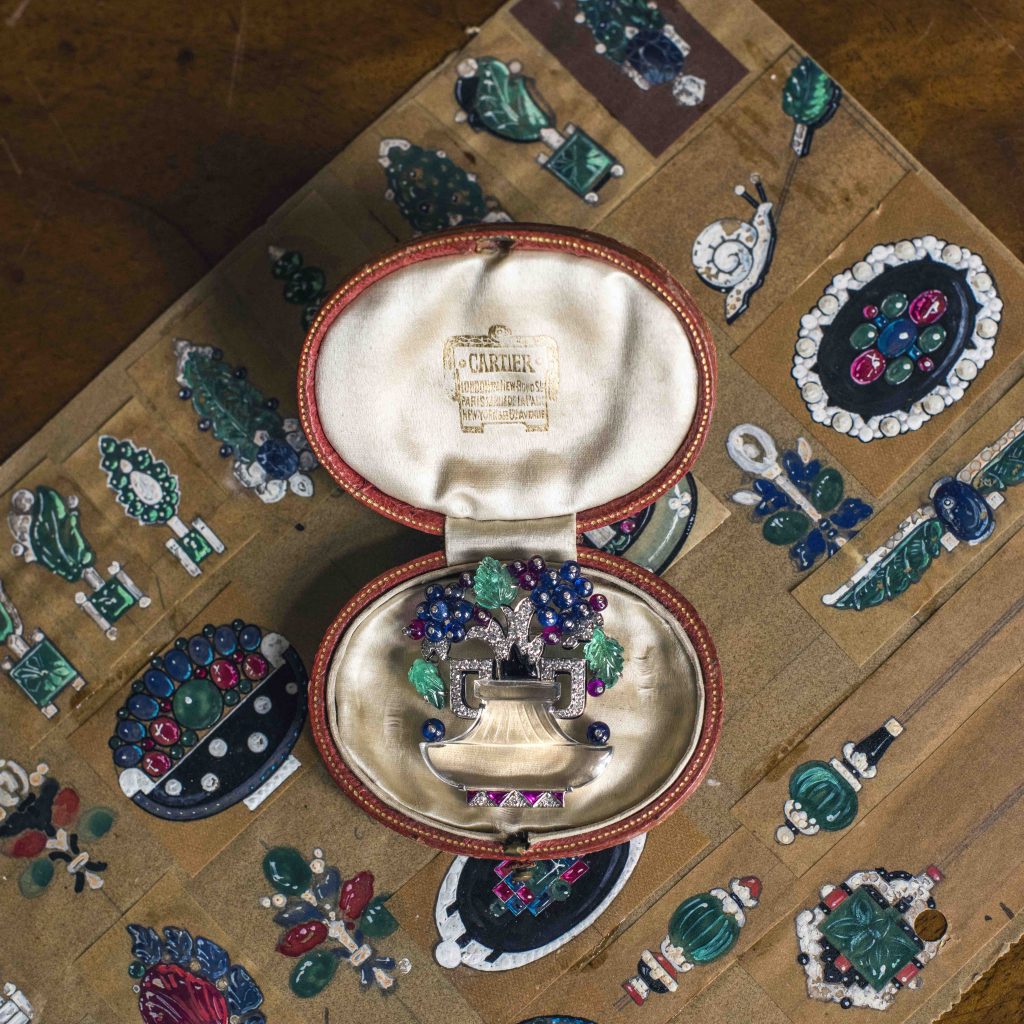
Delving into one’s past is never easy. As a writer, what tools did you employ to retain objectivity?
Yes, I was very mindful that only part of the history was in the trunk, and that I was likely seeing the history from my ancestors’ perspective, so I tried to broaden my perspective as much as possible. As well as recording my grandfather’s memoirs, I tracked down and interviewed as many people linked with the firm of old as I could, to try to fill in the picture and triangulate the story. I set out to understand who the Cartiers were as people but that scope soon grew to include their employees, suppliers, clients and friends too. In fact, part of the motivation for the book became the fact that my grandfather wanted to give credit to many of the unsung heroes in the Cartier story – people like the brilliant designers Frederick Mew, Dennis Gardner, George Charity and Rupert Emmerson in London, or Charles Jacqueau, George Remy (known as the ‘king of the rings’ ) and Pierre Lemarchand (who created many of the now iconic panther jewels) in Paris. And because I wanted them to come to life for the reader, I did a lot of background research. Even for a minor character who appears briefly, I would dig up their birth certificates, find out about their background, whom they married, if they had fought in one of the wars perhaps, what they did in retirement and so on.
The other challenge was to understand the social context in which all these people lived and acted. I spent hours in archives unearthing documents, dug up countless old newspaper articles, and read as many contemporary memoirs as I could. I wanted to understand what it had been like to live in those times. Each part was fascinating in its own way—one month I would be knee-deep in the history of 19th century Paris, courtesans, royal weddings, wars and sieges; the next I would be over in the palaces of St Petersburg with the Romanovs, and then I’d be there in the trenches of the Great War and then dancing with the flappers in jazz-age America. It was a lot of work but it never got dull!
Any specific advice you would give to prospective writers of a memoir?
I think a genuine interest in your subject is the most important factor. I was lucky in having a family archive but actually that was only part of the story – it was my eagerness to find out more, to understand what it had been like to live in those times, that led me to devour many, many books (often other memoirs) or to pick up the phone to people I had never met, or to spend hours in museums or to travel to unexpected places (often with my kids in tow!) uncovering pieces of the puzzle of the past. It was that passion for finding out the truth about what happened that not only kept me going, but also meant that it never felt like work – it was almost like I was a detective. In fact, if it hadn’t been for my publishing deadline I would probably still be jumping down rabbit research holes now – I loved that part.
When it came to the writing part – that was harder. I was daunted by the brilliance of many great authors (I studied English Literature at Oxford so I’d read quite a few good ones!) and that slowed me down at the start as I never thought what I was writing was good enough. But then I took a step back and thought if I don’t write this book, no one will – and then my promise to my grandfather to keep the family story alive wouldn’t have been fulfilled – so that spurred me on. I also found the book “Bird by Bird” by Anne Lamott really helpful. In it, she reassures the reader that no one (or very few people!) write perfect prose first off – you just need to start somewhere – then you can come back and improve your draft, them improve it some more and so on…
Someone said to me early on that it was important I found my own style, my own voice – well that was slightly daunting too as I wasn’t sure what it should be! But, in fact, that part just came naturally, through writing, re-writing, editing and so on. I was very wary of it becoming a dry historical account – I wanted the characters to come to life for the reader as they had come to life for me when I read the letters and listened to my grandfather. My hope that the reader would feel like they knew them, would care about their hopes and dreams, and would be eager to know what would happen next. So, as I wrote, I asked myself how would I explain each episode in a vivid, relevant and engaging way – almost as if I was having a chat with a friend.
I think structure is also important to consider when writing a family memoir like this. Maybe with the biography or a memoir of one person it’s more straightforward – but multiple protagonists in different places at the same time requires some serious planning! I would recommend investing in a big whiteboard, or large sheets of paper. I first made big mind-maps and timelines on the whiteboard for each period, and then moved on to creating a more detailed structure for each chapter. To give an idea, I had to keep crisscrossing from Paris to London to New York, to Delhi, to Ceylon to Cairo so it was important to keep the overall thread as organised and clear as possible. I found a regular A4 sheet of paper far too small – took me a while to figure that one out but it all became much easier when I had a large whiteboard!
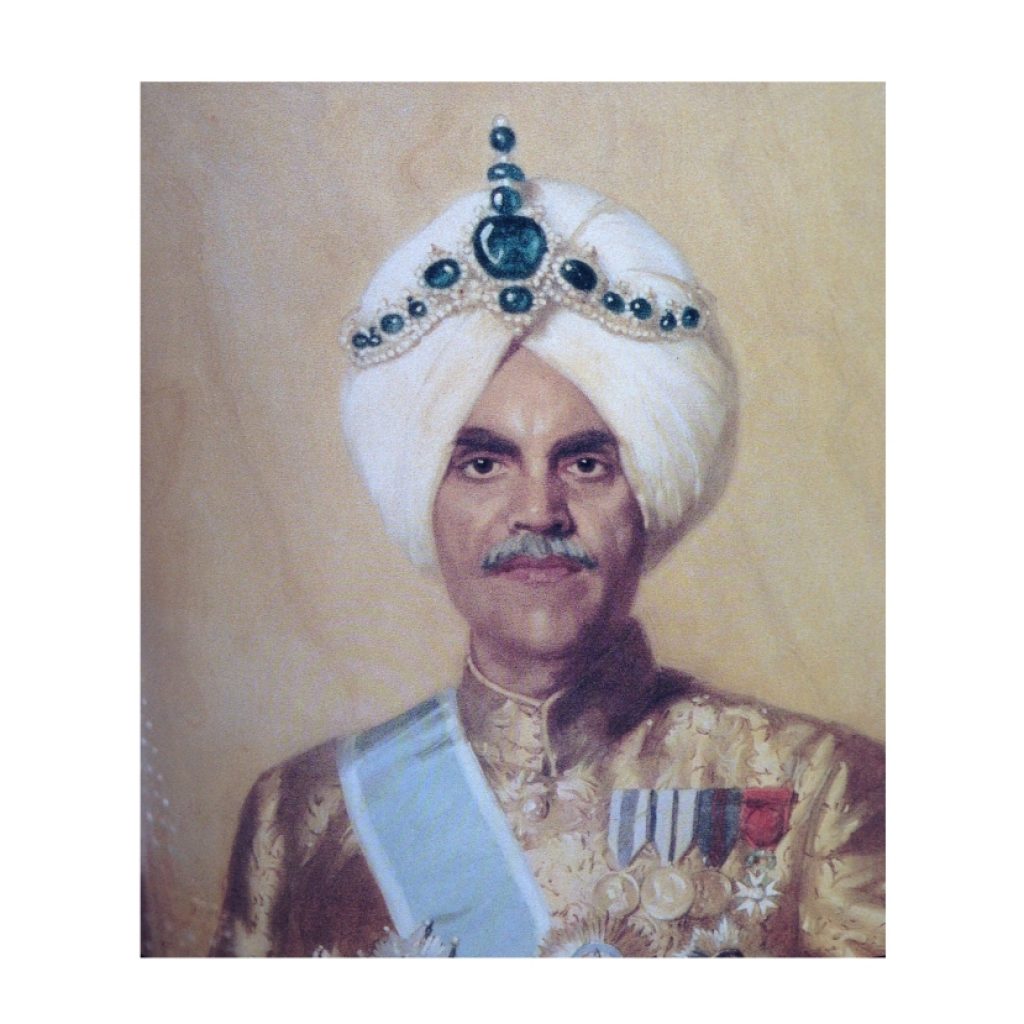
Being from India, I am naturally interested in the bond that Cartier forged with the country, and you have indeed covered that in detail in the book. What was your experience in India when you recently came here to promote your book?
Well, I am a huge fan of the country. My great-grandfather, Jacques, wrote extensively about his trips and, even before this trip, I had the chance to follow in his footsteps using his diaries. I have met descendants of many of the ruling families he had known, such as those from Baroda, Patiala, Kapurthala and Jaipur, among others. There is nothing like sharing stories of our ancestors in the places they had met a century ago. In Kapurthala, I visited the Jagatjit Palace, the former residence of Maharaja Jagatjit Singh. I had always known that the Maharaja was an important Cartier client—his emerald turban ornament is legendary—and I knew from books that he had been a Francophile. But it was only when I was in his French-inspired former home, speaking to his grandson (on and off in French), that I grasped what that great man had been like as a person. The story moved from being two-dimensional to three-dimensional, and I love the moments when that happens.
In terms of the Indian book tour, it has been fantastic and I’m already planning my next trip back! Jaipur Literature festival was like nothing I had ever experienced, so much colour and energy, and so many people… I was later told my session up on the Front Lawn stage had attracted a crowd of 3000-4000 people which is truly unbelievable. I was very honoured too that Princess Diya Kumari of Jaipur launched my book there, such a special experience. And then I was so touched that so many people waited patiently in a long line to have their book signed afterwards, and to hear first-hand from many of them how the story of the Cartiers resonates in India, both from a jewellery perspective but also from a family angle. From what I understand, Indian businesses often stay in the family for many generations (more so than in the West), so there is a real ability to relate to family businesses.
What do you want readers to take away from this book?
Well, I hope people will see it as being about far more than jewellery. It is a book about people, real people: not just two-dimensional characters with fairy-tale talents but rather, fallible human beings who argue and fall in love and fall out of love and are impatient, demanding, creative, inspiring and everything in between. For me, it is an inspirational tale that shows how the capacity for greatness exists in all of us. For though the name Cartier may have become synonymous with luxury and strings of pearls and royal clients, the reality is that the Cartiers started out at the bottom. The firm’s founder, Louis-Francois Cartier, was born into a poor working-class Parisian household. His mother, a washerwoman, had probably never even seen a diamond necklace, let alone worn one. And yet he was determined to make something of his life, and he passed that ambition – that desire to do something great – down to his son and his grandsons too. This is the story of how they did that, how an ordinary family achieved something extraordinary.

